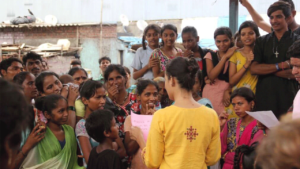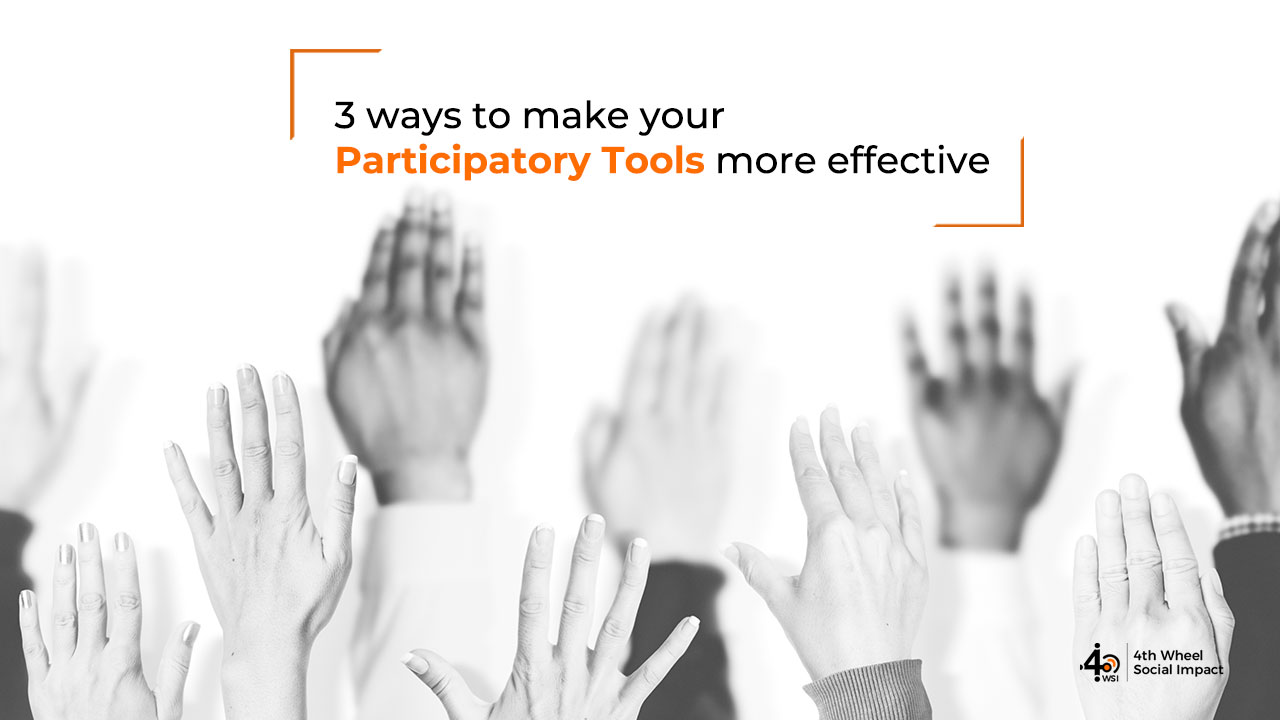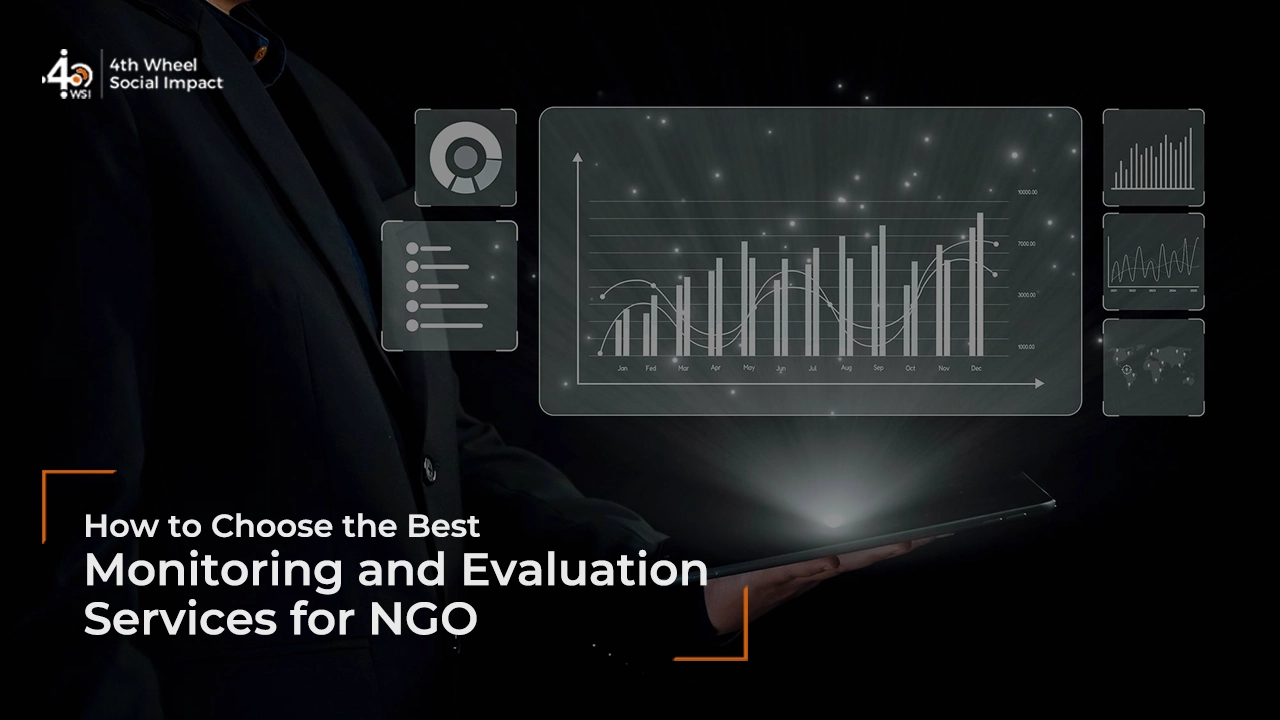Participatory methods emerged as an alternative tool to traditional-style development methods in the 1970s and have been well-used for development practice since the 1990s. (Macbeth) The tools have become popular among researchers because they challenge the traditional top-down system of work by propagating a more linear method towards addressing development issues Moreover, they are positive and inclusive because they allow researchers to step outside power structures, shed their positions of privilege, and adopt a listening and observing tactic rather than a question-answer approach on the field. It allows participants to voice their reality and define their empowerment, thereby giving researchers a more realistic approach to the situation.
However, as researchers, it is necessary to take certain precautions while using participatory tools as unintended consequences can be detrimental to the scope of the social programme. Here are a few things which I feel are essential to be considered by development professionals when using participatory tools:

- Be conscious about existing norms and structures
Since participatory tools are often used as a quick method to get data and information when there are time constraints, it is significant to keep in mind local customs and values and be aware of existing power structures and gender relations in the community. (American University Online) Disconnects and differences in beliefs between development professionals and communities can be stark. This can be resolved by doing prior secondary research before field visits, or time permitting, connecting with people who have lived or worked there – to comprehend popular beliefs, notions, and idiosyncrasies. This will help in understanding the context before visiting the field as well as avoiding any surprises.
- Do not misrepresent or ignore data
In line with the above point, development practitioners should be empathetic, non-judgemental, and not make assumptions about the participants’ way of life. Evident issues, if present, such as rigid gender norms and power structures can be discussed in a non-threatening way by opening spaces for healthy conversations rather than outright attacking them for their traditionally held beliefs and values.
As such, facilitators should constantly work on their observation, facilitation and interview skills, and rapport-building efforts so that data is not misrepresented or ignored and that they are sensitive to non-verbal cultural cues. As posed by Robert Chambers in 1997, these questions should be constantly on the researcher’s mind:
- Whose knowledge counts?
- Whose values?
- Whose criteria and preferences?
- Whose appraisal, analysis and planning?
- Whose action?
- Whose monitoring and evaluation?
- Whose learning?
- Whose empowerment?
- Whose reality counts?
This will help in analysing all perspectives and information without biases taking the lead.
3. Do not dominate the process
Likewise, facilitators should pay attention to the participation process by taking a step back and allowing the participants to take the centre stage. If researchers notice non-participation from marginalised groups, alternate spaces should be created for them to participate effectively. For example, if community leaders are dominating activities and exercises, the facilitator should find ways to steer power away from them towards marginalised or subordinate groups or conduct activities with them separately. Lastly, all stakeholders should be identified and engaged with to get a wider perspective of the topic.
In the end, participatory tools are a reflective practice for both the researcher and the participant.
Works cited:
Chambers, Robert. “Whose Reality Counts? Putting the Last First.” OpenDocs Home, Intermediate Technology Publications, 1 Jan. 1997, opendocs.ids.ac.uk/opendocs/handle/20.500.12413/687.
Macbeth, Sarah. “About Participatory Methods.” About Participatory Methods | Participatory Methods, www.participatorymethods.org/page/about-participatory-methods
Anonymous. “Qualitative Methods in Monitoring and Evaluation: Participatory Tools for Qualitative Data Collection.” American University Online, 18 Oct. 2019,
This blog is written by Chandni Patel, Research Associate at 4th Wheel Social Impact.




